When Search Starts Thinking: How AI Is Rewriting the Discovery Journey
For over two decades, “Google it” has been shorthand for seeking knowledge, solving problems, and settling dinner-table debates. Marketers, in turn, have built entire industries around optimizing for its algorithm. But in 2025, a quiet revolution is underway—one that doesn’t just tweak the rules of search. It rewrites the entire game.
This isn’t just about better results. It’s about how we search, why we search, and what we expect in return. And for the first time since its founding, Google is no longer evolving search—it’s defending it.
The Great Disruption: Search Meets Generative AI
For years, Google’s approach to search was methodical: crawl, index, rank. You typed in keywords, it gave you ten blue links—and a billion-dollar ad business flourished on top.
Then came ChatGPT, Perplexity, Bing Copilot, and Arc Search. These new entrants didn’t give you links. They gave you answers. Synthesized, contextual, often in full paragraphs. You didn’t need to click anymore. You didn’t need to think about sources. The machine read the web so you didn’t have to.
Suddenly, search wasn’t just about finding—it was about knowing.
Google’s Counteroffensive: AI Mode Takes the Stage
To its credit, Google didn’t stay still. In 2023, it launched Search Generative Experience (SGE). But in 2025, it’s gone all-in with AI Mode—Google’s most advanced search interface yet.
What Makes AI Mode Different?
AI Mode goes beyond summarizing. It breaks down complex, multi-layered questions using “query fan-out”—a technique that splits a question into multiple subtopics, runs parallel searches, and then synthesizes an integrated response. It’s powered by Gemini 2.5, a custom large language model that handles longer, more nuanced prompts—up to 2–3x longer than typical queries.
Users can now search via text, voice, or even images, thanks to deeper integration with Google Lens. You can upload a photo of a dish and ask how to make it—or take a picture of a plant and ask for care tips.
Even better? AI Mode remembers what you asked. Follow-up questions are not treated as new queries—they build on existing context, turning a static search box into an ongoing dialogue.
To reinforce trust, Google has included source transparency in every answer, linking to the original websites and articles used to generate the response.
It’s not a lab experiment anymore—AI Mode is now available to users in the US and India via Search Labs, and it’s already changing the way people interact with the web.
What This Means for Users
AI Mode represents a fundamental shift:
- From keyword hunting to intent modeling
- From clicking through pages to getting comprehensive answers
- From starting over to continuing a conversation
This changes how users behave. They don’t just want the “best link”—they want the “best synthesis.” And for marketers, this has far-reaching implications.
What This Means for Marketers
For marketers, this AI-driven evolution means rethinking three pillars: visibility, value, and velocity.
1. SEO Must Evolve or Die Quietly
AI Mode prioritizes authoritative, well-structured content.
Instead of top-10 results, you're now competing for inclusion in AI summaries.
Schema markup, FAQ content, and consistent brand mentions become vital.
> Tip: Your brand may never be “clicked” again—but it can still influence the AI’s answer.
2. Performance Marketing Will See New Frontiers
With fewer traditional click-throughs, expect Google to introduce native ad formats inside AI summaries.
“Sponsored insights” or product comparison inserts could become the next AdWords.
> Implication: Ads will need to be contextual, conversational, and embedded within answers—not tacked on like banners.
3. Content Strategy Must Serve AI First, Audience Second
Think beyond engagement metrics. What content helps an AI understand and trust your brand?
Product reviews, how-tos, and comparisons that are well-tagged and up-to-date will have disproportionate visibility.
Real-World Use Cases: Search That Does
AI Mode isn’t just theoretical—it’s being used for:
- Complex trip planning (e.g., kid-friendly itineraries)
- Product research (e.g., price tracking + reviews)
- Real-time visual queries (e.g., identifying ingredients or landmarks)
- Personal finance (e.g., visualizing interest over time)
- And critically—fallbacks to classic search if AI confidence is low
For a generation used to on-demand answers, this isn’t just better search. It’s the beginning of a shift toward agentic computing—where your assistant doesn’t just find things, but does things for you.
Will Google Still Rule?
Here’s the irony: Google isn’t being disrupted by a better search engine. It’s being challenged by a new expectation—that search should think for us.
AI Mode is Google’s response to that expectation. But it walks a tightrope:
- Trust vs speed
- Comprehensiveness vs hallucination risk
- User delight vs publisher revenue
If it succeeds, Google will evolve from being the front page of the internet to becoming your daily AI concierge.
If not, the door is open for a new default—one that thinks faster, reasons better, and earns more trust.
TL;DR for Marketers:
AI Mode is Google’s biggest reimagining of search—conversation-driven, multimodal, and powered by Gemini.
SEO, content, and paid marketing must now optimize for inclusion in AI answers, not just rankings.
Search is no longer about being found—it’s about being referenced.
As the lines between search, assistant, and agent continue to blur, one thing is clear: the marketing playbook for the AI era is being rewritten. Your brand won’t just be one of many links—it might be the answer.
Make sure it's the right one.
Featured Blogs
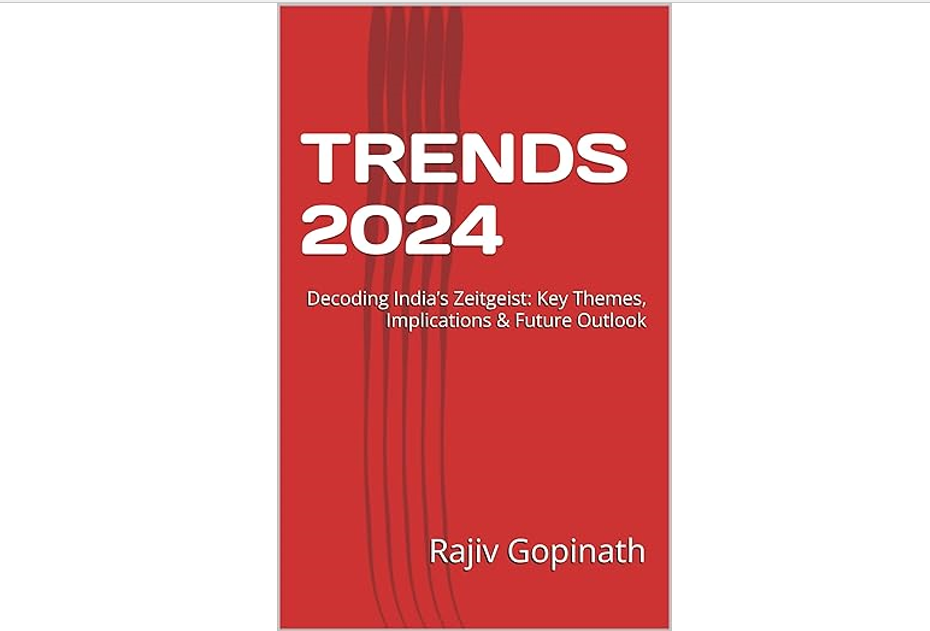
TRENDS 2024: Decoding India’s Zeitgeist: Key Themes, Implications & Future Outlook
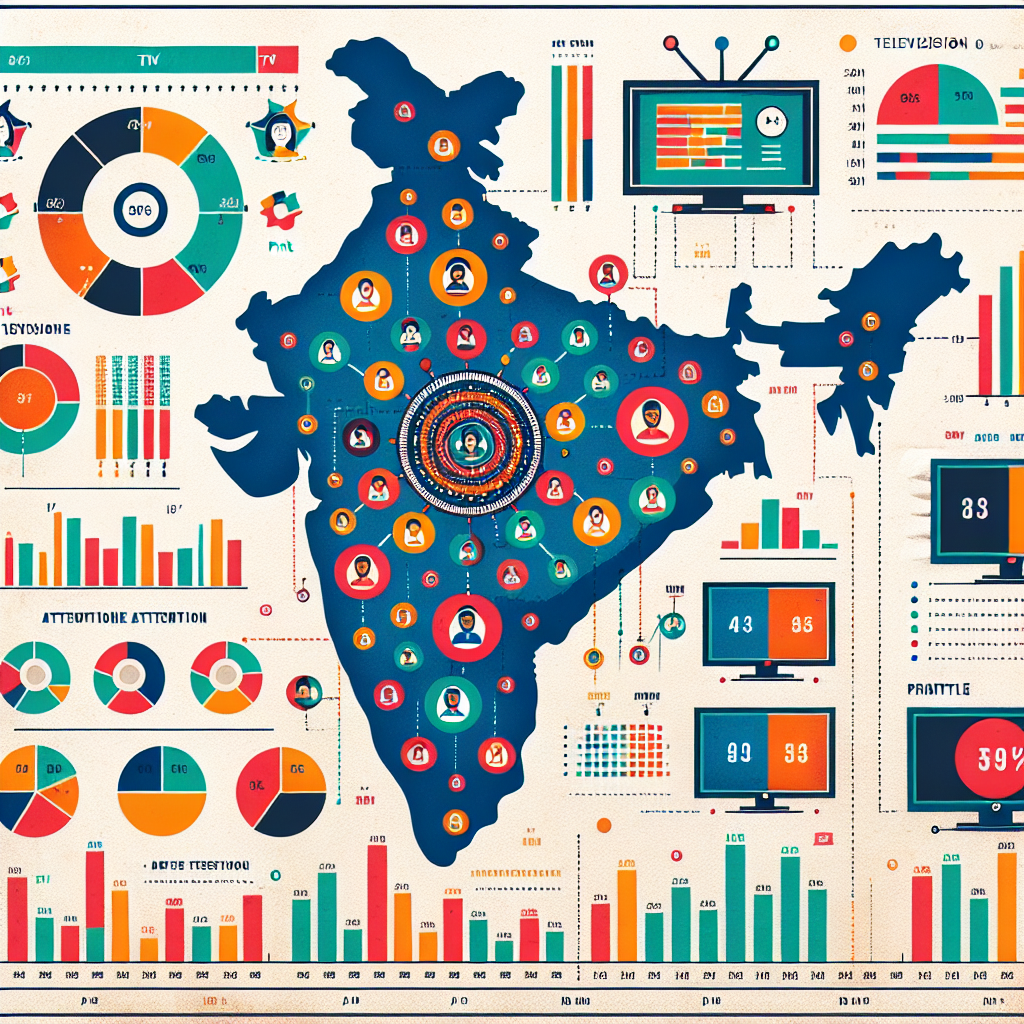
How to better quantify attention in TV and Print in India
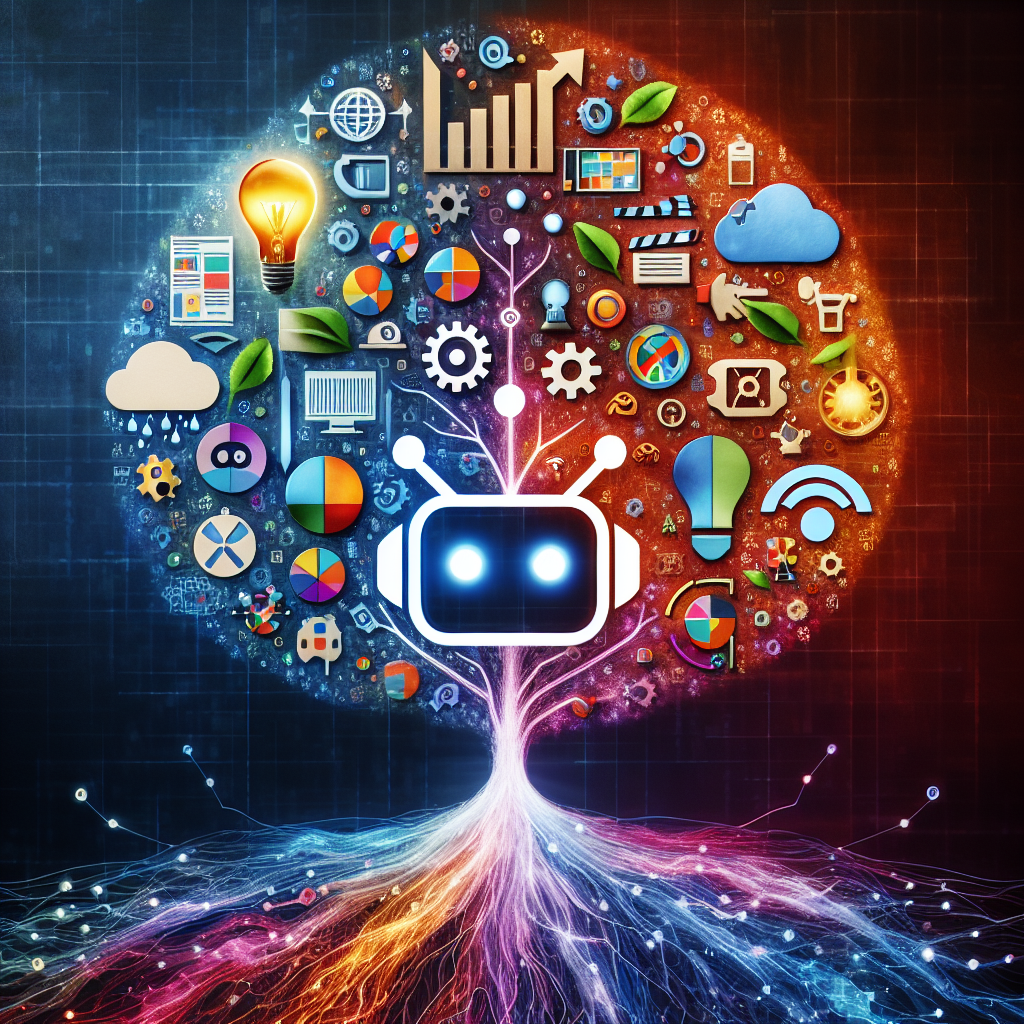
AI in media agencies: Transforming data into actionable insights for strategic growth
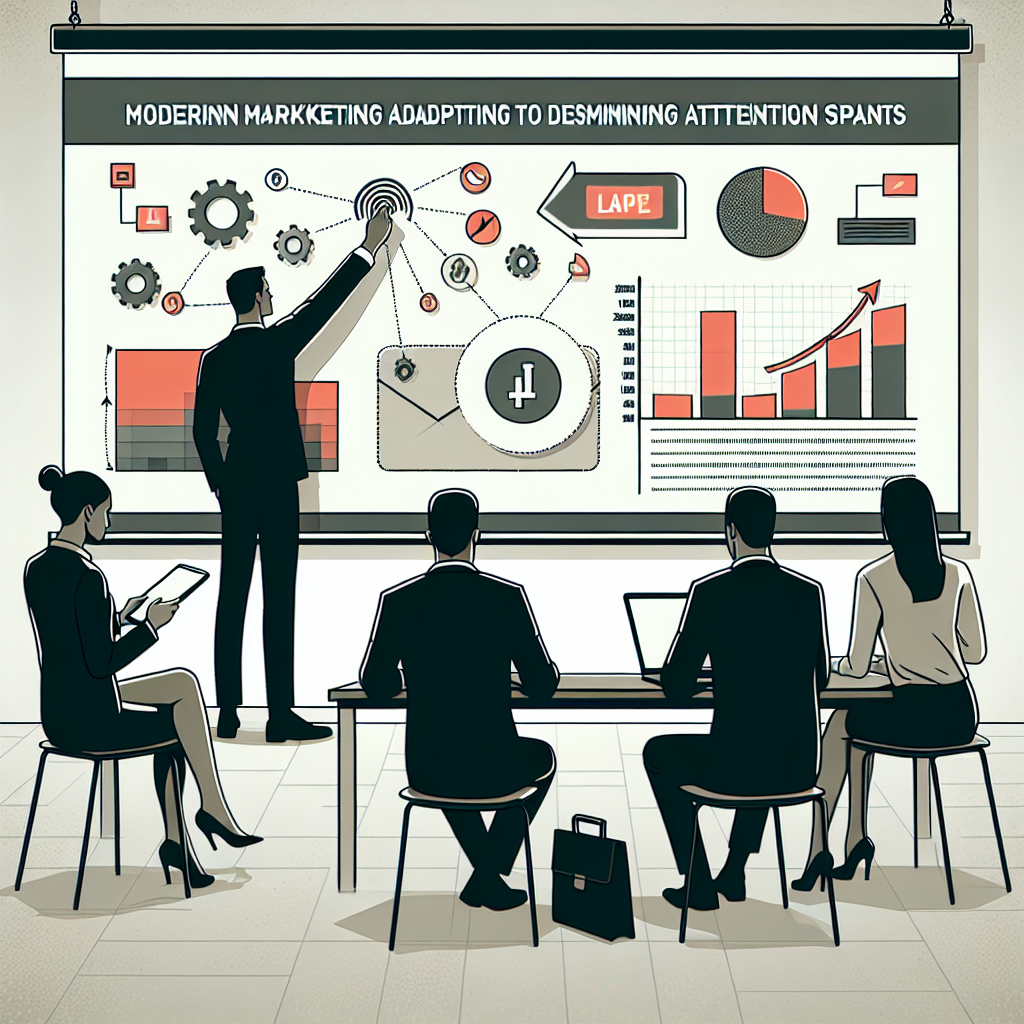
How the Attention Recession Is Changing Marketing

The New Luxury Why Consumers Now Value Scarcity Over Status

The Psychology Behind Buy Now Pay later

The Rise of Dark Social and Its Impact on Marketing Measurement

The Role of Dark Patterns in Digital Marketing and Ethical Concerns
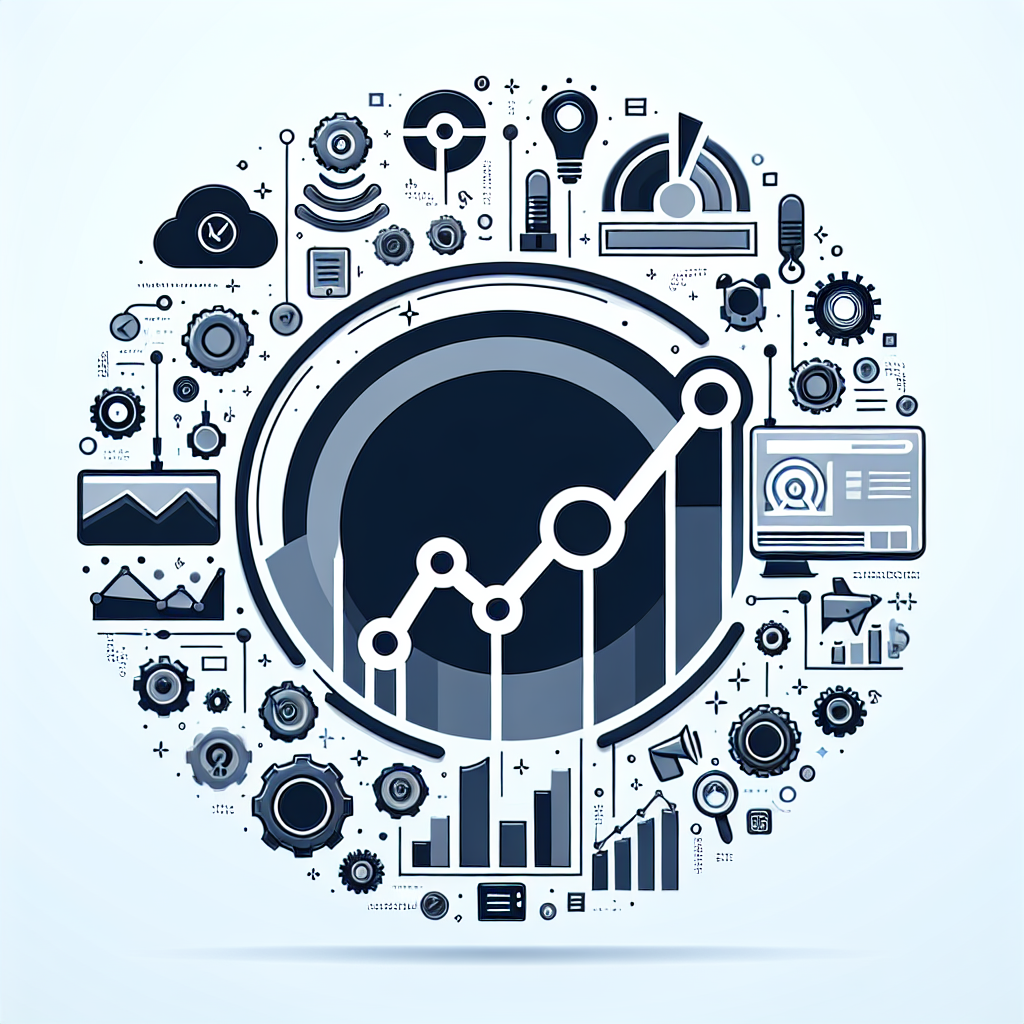
The Future of Retail Media Networks and What Marketers Should Know
Recent Blogs
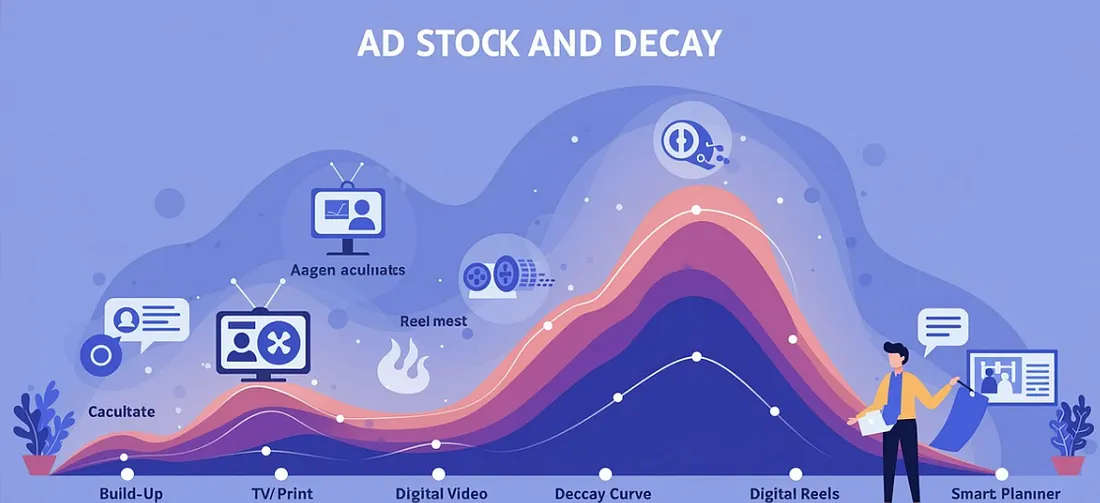
Ad Stock & Decay: The Invisible Hand Guiding Media Schedules

The Big Mac Illusion:What a Burger Tells Us About Global Economics

When Search Starts Thinking How AI Is Rewriting the Discovery Journey

CEP Tracker The Modern Brand Health Metric

Cracking Growth: How to Leverage Category Entry Points (CEPs) for Brand Advantage

